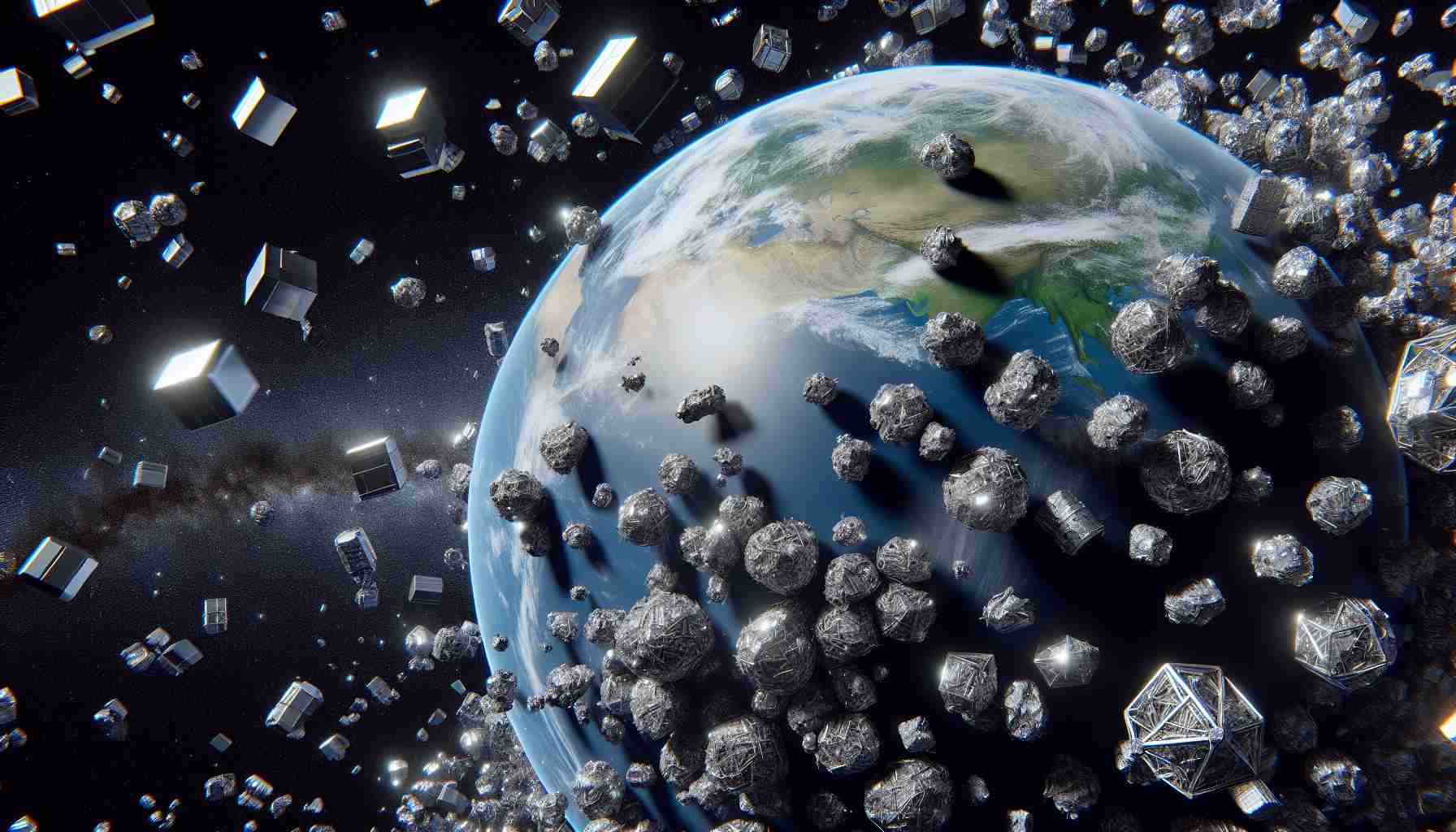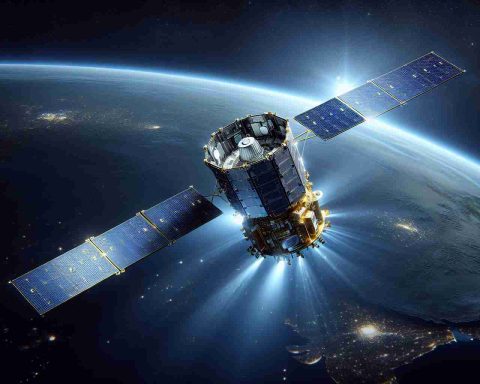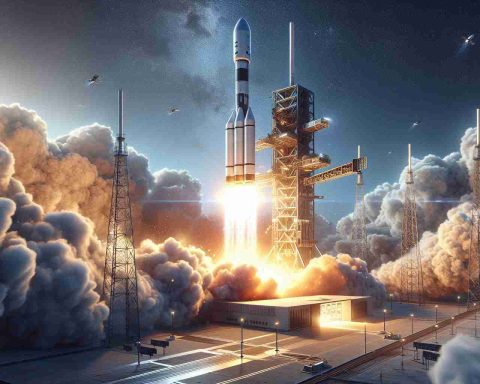A Sky Filled with Invisible Dangers
When gazing at the night sky, it’s easy to be mesmerized by the spectacle of lights. However, hidden amidst the beauty lies a lurking danger – space debris. The Earth’s orbit has become increasingly cluttered with over 13,000 satellites, posing a significant risk of collisions that could have catastrophic consequences.
The Unseen Menace in Our Skies
Experts warn that satellite collisions have become more frequent and inevitable in the congested realm of space. With functioning satellites ranging from scientific tools to communication systems, the potential for disastrous crashes looms large. The aftermath of such collisions is not just limited to temporary outages but could also disrupt essential services like GPS and airplane communications, leading to unforeseeable outcomes.
Looking Toward Solutions
While initiatives like SpaceX’s Starlink constellation aim to prevent collisions, the challenge remains multifaceted. Proposals to make future satellites maneuverable and recoverable, along with plans for recycling space debris, are steps in the right direction. Additionally, controlled deorbiting of debris can help mitigate the escalating risk of collisions and reduce the environmental impact of debris accumulation in Earth’s atmosphere.
A Call to Action
As the space industry continues to expand, the urgency to address the looming threat of satellite collisions grows. Collaborative efforts among scientists, policymakers, and space agencies are essential to safeguarding Earth’s orbit and ensuring the sustainability of space exploration for future generations.
Addressing the Growing Threat of Space Debris in Earth’s Orbit
While the issue of space debris threatening Earth’s orbit is increasingly acknowledged, there are additional facts and concerns that shed further light on this pressing matter.
What are the key questions surrounding space debris proliferation?
One important question is how the increasing number of satellites and fragments in orbit impacts the likelihood of collisions and the generation of even more debris. Additionally, what measures can be taken to mitigate the risks posed by space debris, and how can international cooperation enhance efforts to address this global challenge?
Challenges and Controversies in Space Debris Mitigation
One of the key challenges in managing space debris is the lack of regulatory frameworks and effective enforcement mechanisms to ensure responsible satellite operations and end-of-life disposal. Controversies also arise regarding the allocation of responsibility for debris cleanup and the development of clear guidelines for sustainable practices in space.
Advantages and Disadvantages of Current Solutions
Initiatives such as designing maneuverable satellites and implementing debris removal technologies offer potential advantages in reducing collision risks and cleaning up space. However, the high costs associated with these solutions, technological limitations, and the need for global coordination pose significant disadvantages and pose barriers to effective implementation.
Exploring Further into Space Debris Remediation
Efforts to enhance space traffic management, improve tracking of objects in orbit, and develop advanced materials for satellite construction are crucial aspects of addressing the space debris menace. Innovation in propulsion systems and deorbiting strategies also holds promise in mitigating the risks posed by debris accumulation in Earth’s orbital environment.
For more information on space debris and its impact on Earth’s orbit, visit NASA’s official website for comprehensive resources and updates on ongoing efforts to address this critical issue.













